Jan van der Ploeg
27.5. —
17.7.2016
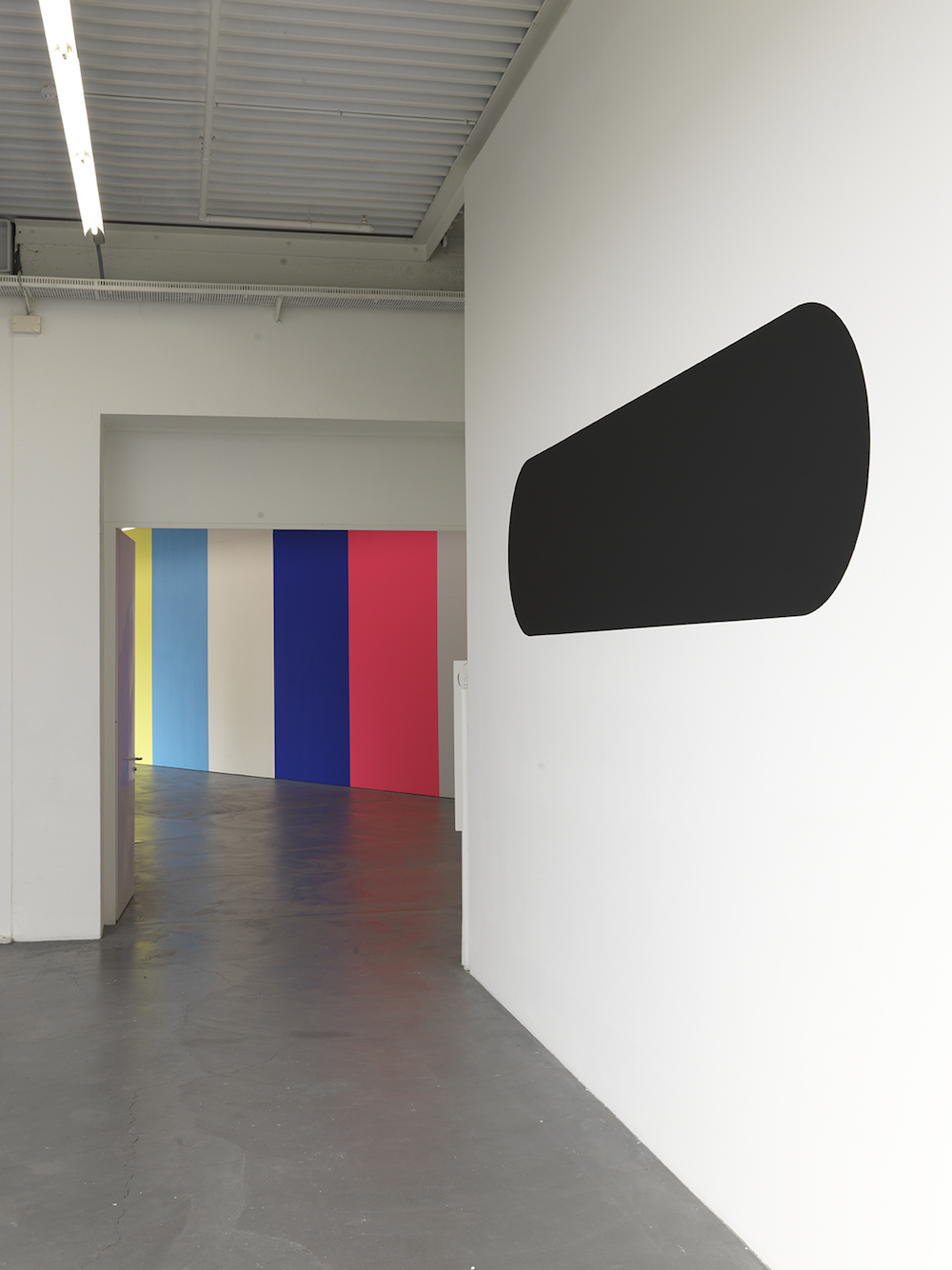
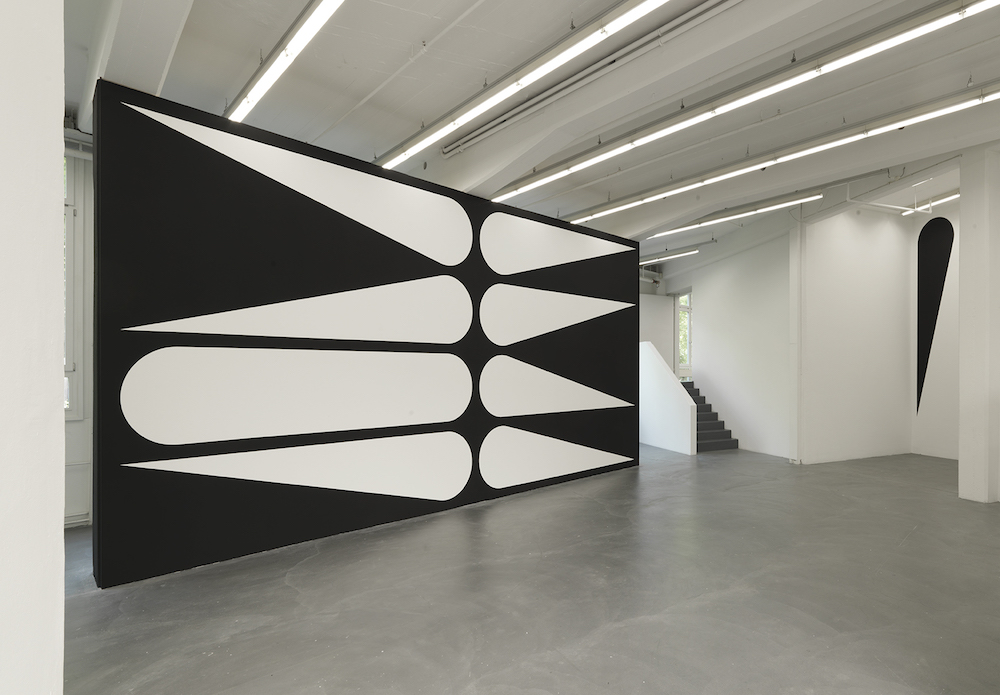
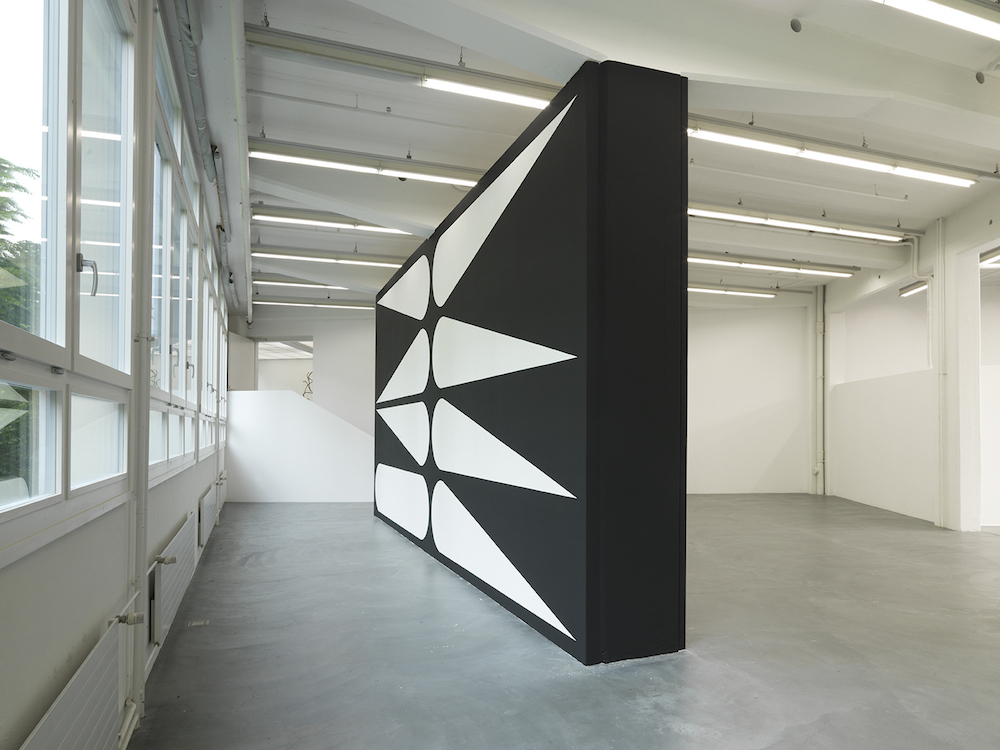
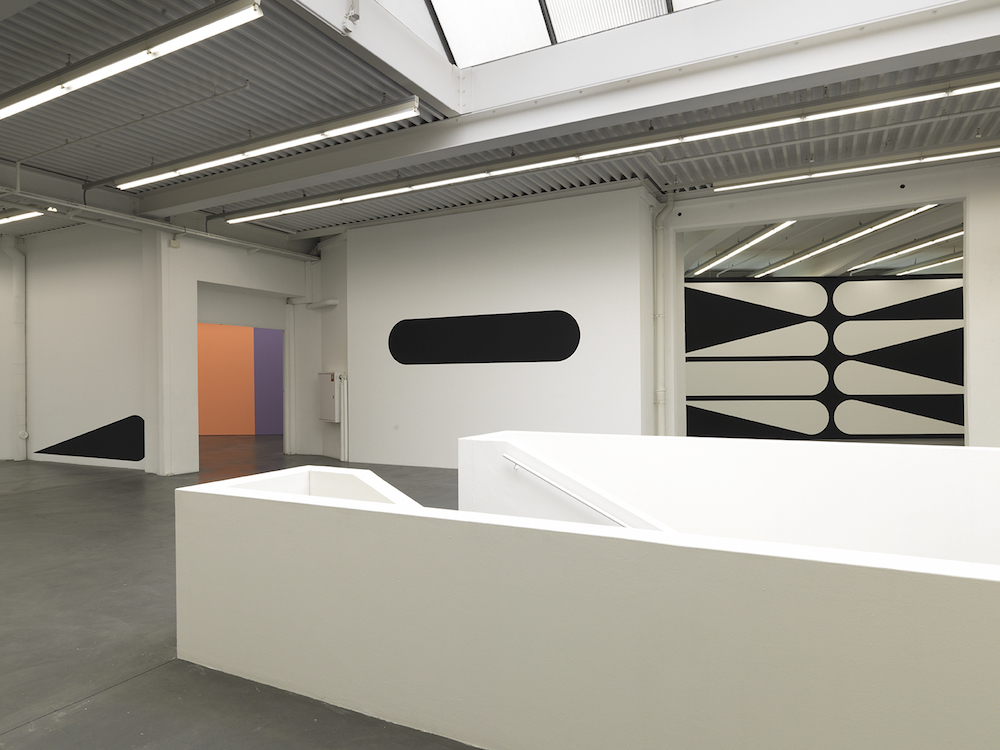
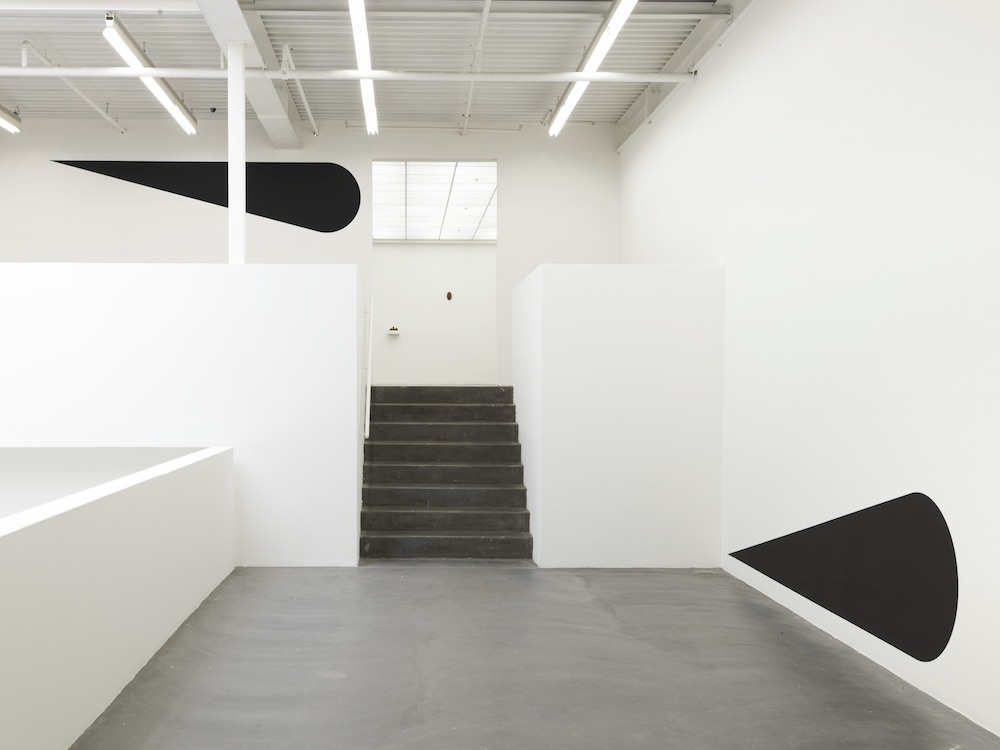
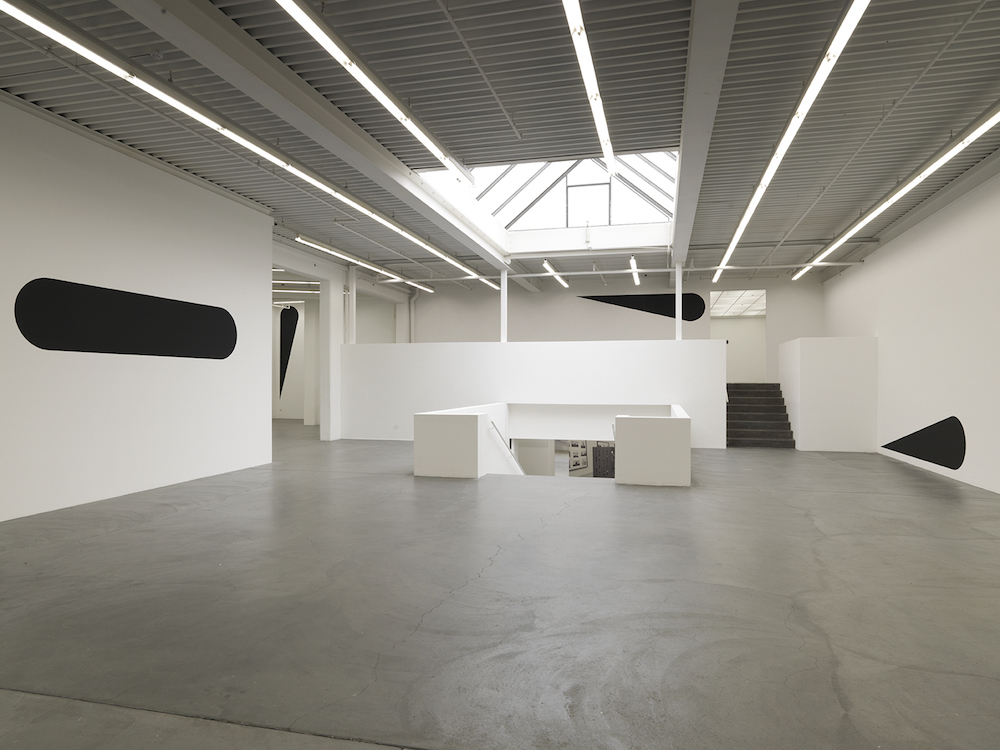
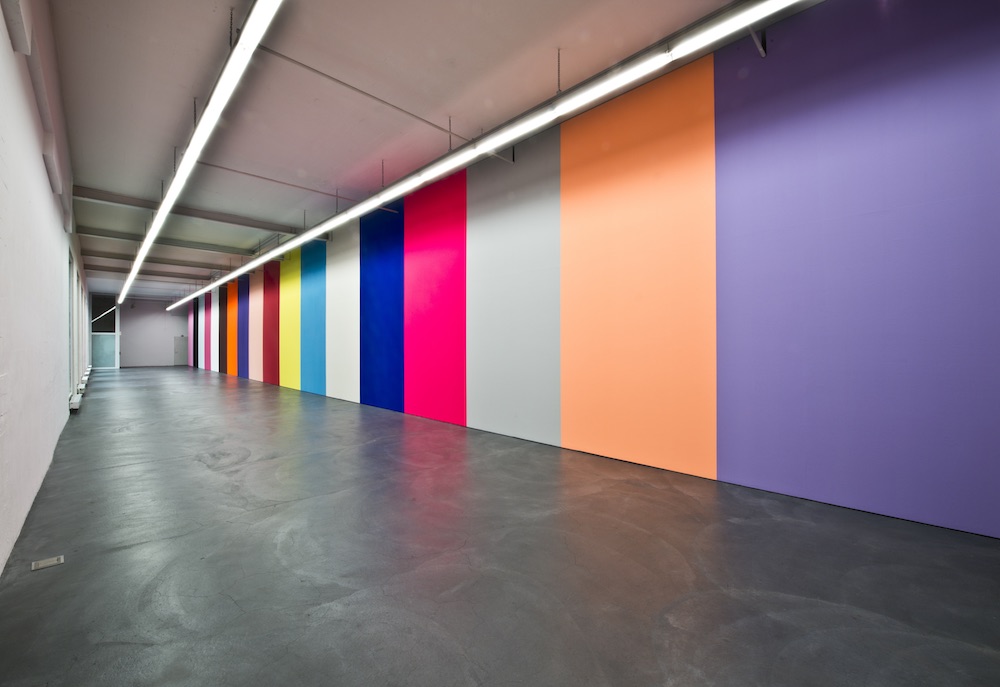
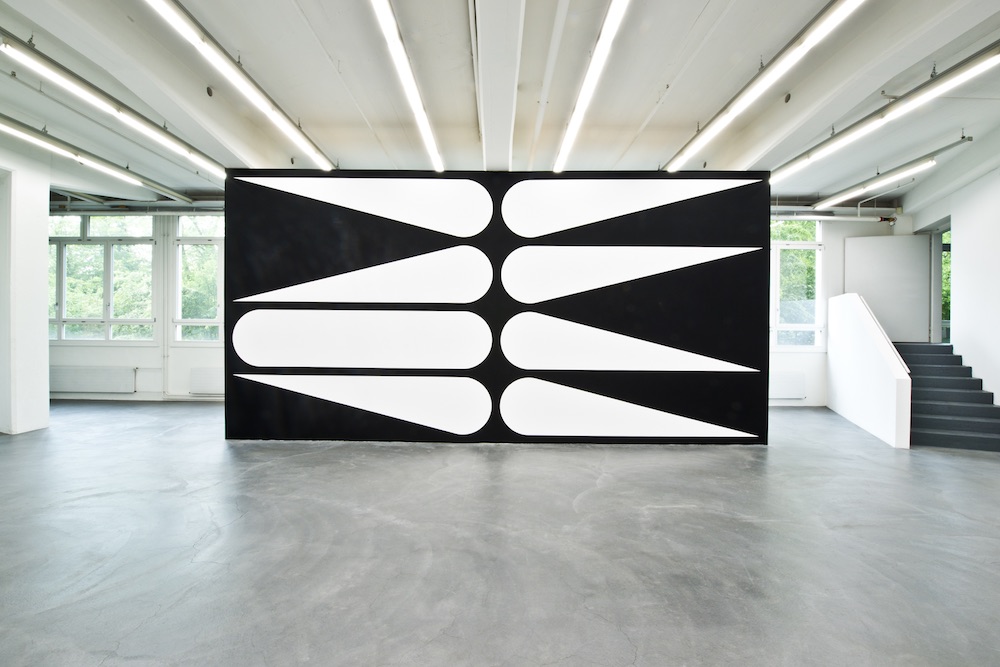
Jan van der Ploeg is currently one of the best-known contemporary artists in the field of mural painting. For his first institutional appearance in Switzerland he will develop two new work cycles specifically for the Kunsthaus Baselland. These will occupy several hundred square metres of the Kunsthaus’ ground level. The two work cycles are, on the one hand, representative of his works, but on the other hand they also signal an important new direction in his practice: creating a dynamic dialogue with a given situation so that the boundaries between wall drawing, painting, sculpture and architecture disappear.
Jan van der Ploeg is accustomed to working large scale. The artist, born in 1959 in Amsterdam where he still works, has for many years been one of the best-known artists in the field of wall-drawing and painting. His works can be experienced from Australia and Japan to Europe and the USA, some permanent works, some temporary pieces. For his first institutional appearance in Switzerland he has developed two new bodies of work which take up several hundred square metres of the Kunsthaus ground level.
On entering the Kunsthaus the visitor is immediately met by a form, which accompanies them on their route through the spaces of the ground floor. The form is sometimes halved, sometimes entire, and Jan van der Ploeg describes it as “grip”; depending on its positioning and execution it is reminiscent of an opening like a handle that you might find on a cardboard box. But the form also affords the eye a pause, activating parts of the space that otherwise do not impose themselves on the eye. It has a lot to do with the deep black acrylic colour selected and the perfection of its realisation that the forms painted on the wall appear like large holes within the sequence of walls, underlining the sculptural aspects already present in the existing Kunsthaus architecture of the staircase and the various spaces that lead from it.
Above all it is about the effect of form and colour within an existing building fabric, the artist describes. How the placement of these can change and simultaneously activate the appreciation and experience of existing architecture can be seen right now with Wall Painting 423 at the Kunsthaus, in which van der Ploeg settles exclusively on black tonal values and white absences. With the focus on the large wall that stands in the back area of the Kunsthaus on which — as if a kind of large painting — the chosen forms unite as one, the whole weighting of the space seems to shift for the viewer walking through.
In the Kunsthaus Baselland’s long annex, which measures more than 30 metres, there are, on the other hand, 18 colours, some fluorescent, which seem to break the tunnel-like structure of the space with bright, vertical channels. It is the very proximity of colour values, some chosen by the artist, some he mixed himself, that brings about the astonishing effect within the Kunsthaus’s spaces, one which is already visible from outside and which changes the whole effect of the space’s structure. Walking slowly along the bands of colour and considering their effect gives the impression of the wall as a shimmering membrane.
As different as these two large work complexes at the Kunsthaus Baselland are, they both show the great potential of Jan van der Ploeg’s work: to generate a dynamic dialogue with a given situation and to make transitions between wall drawing, painting, sculpture and architecture become fluid.
Text by Ines Goldbach
At the same time of the exhibition by Jan van der Ploeg the solo exhibitions by Christiane Löhr and Jonathan Monk were on display.
For the support of exhibition we thank Novartis and Mondriaan Fund as well as the partners of Kunsthaus Baselland: kulturelles.bl, Gemeinde Muttenz, Migros Kulturprozent, werner sutter and Anthony Vischer.